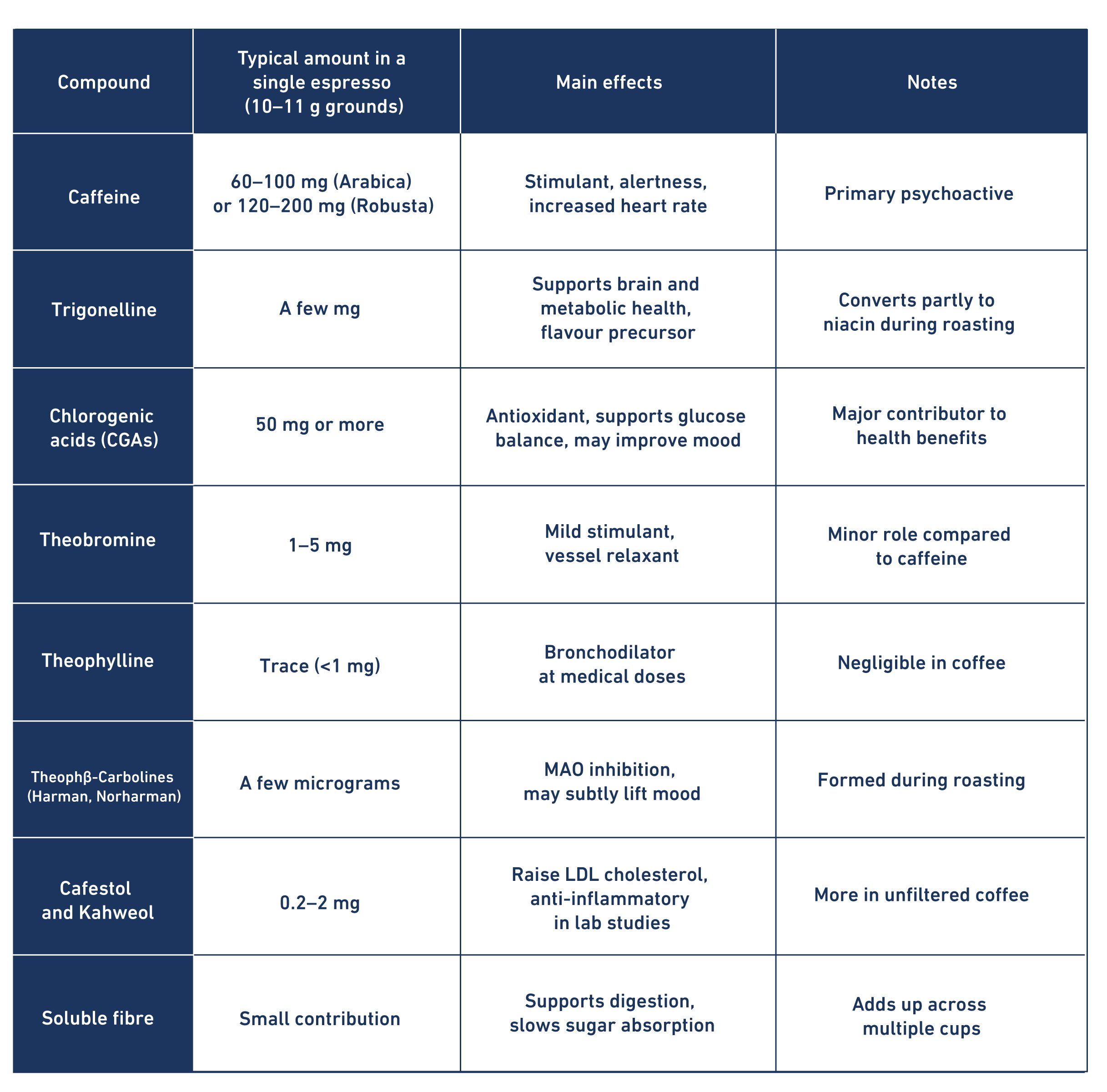When most people think of coffee, they think of caffeine. The morning buzz. The lift that gets you out the door and through the day. But coffee is far more than just its most famous stimulant. A single espresso, which forms the base of nearly every flat white, latte and cappuccino in Australia, contains a dense mix of bioactive compounds. These compounds shape not only flavour and aroma, but also how coffee interacts with the human body.
So what else is really in your shot? Perhaps you’re keen to understand caffeine in different types of coffee.
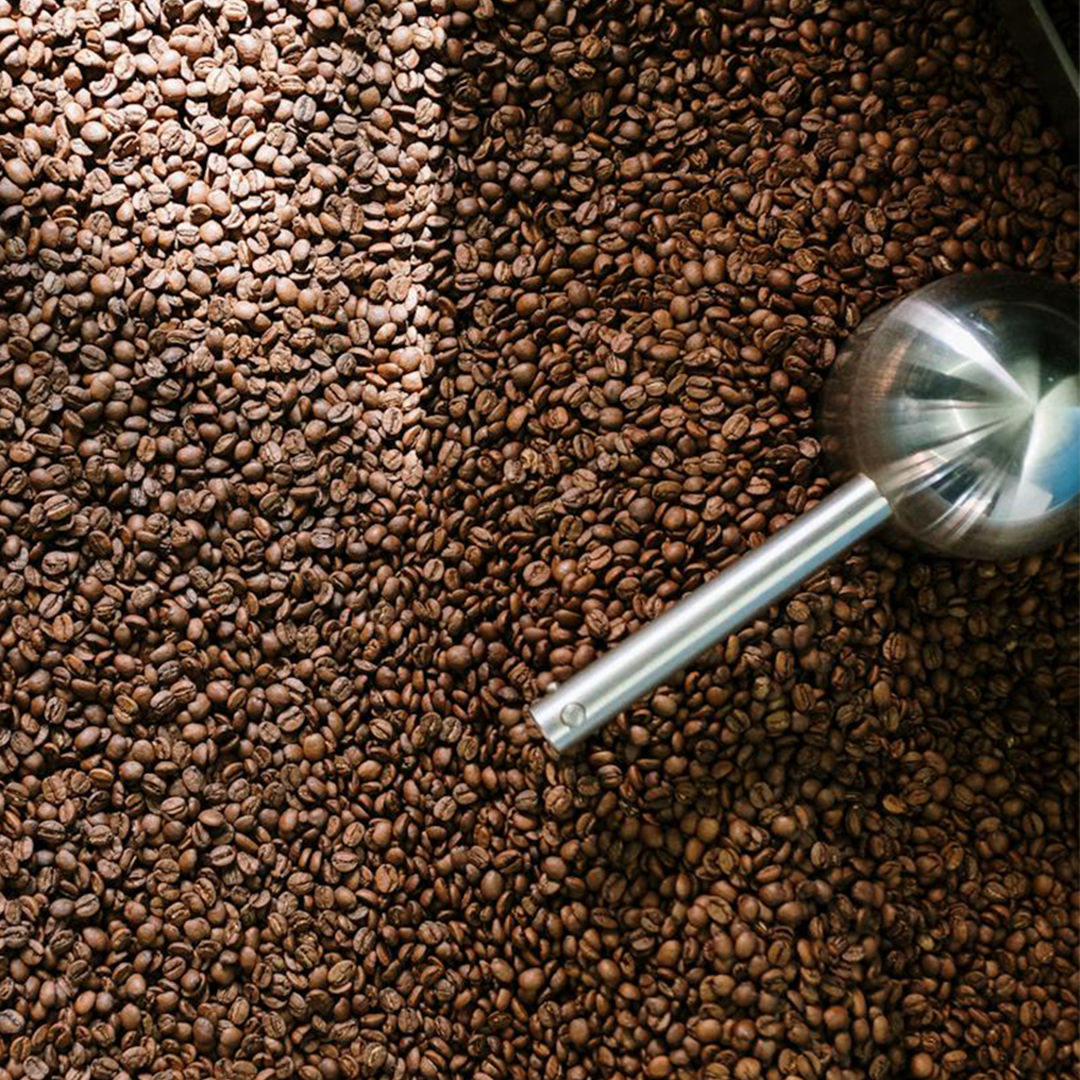
Trigonelline: The quiet contributor
Trigonelline is a natural alkaloid found in green coffee beans. When the beans are roasted, part of it breaks down into niacin (vitamin B3) and aromatic molecules that help create coffee’s distinctive scent. What remains still makes it into your cup.
Trigonelline does not give you the buzz of caffeine, but it may contribute to brain health and metabolism. Animal studies suggest it supports learning and memory, and it has shown antioxidant and anti-inflammatory effects. In practical terms, a shot of espresso brewed with 10 to 11 grams (i.e. half of a double shot using 20 to 22 grams) of Arabica grounds can deliver a few milligrams of trigonelline. That might not sound like much, but it is present in every espresso and adds to coffee’s layered benefits.
So while caffeine wakes you up, trigonelline is quietly working in the background.
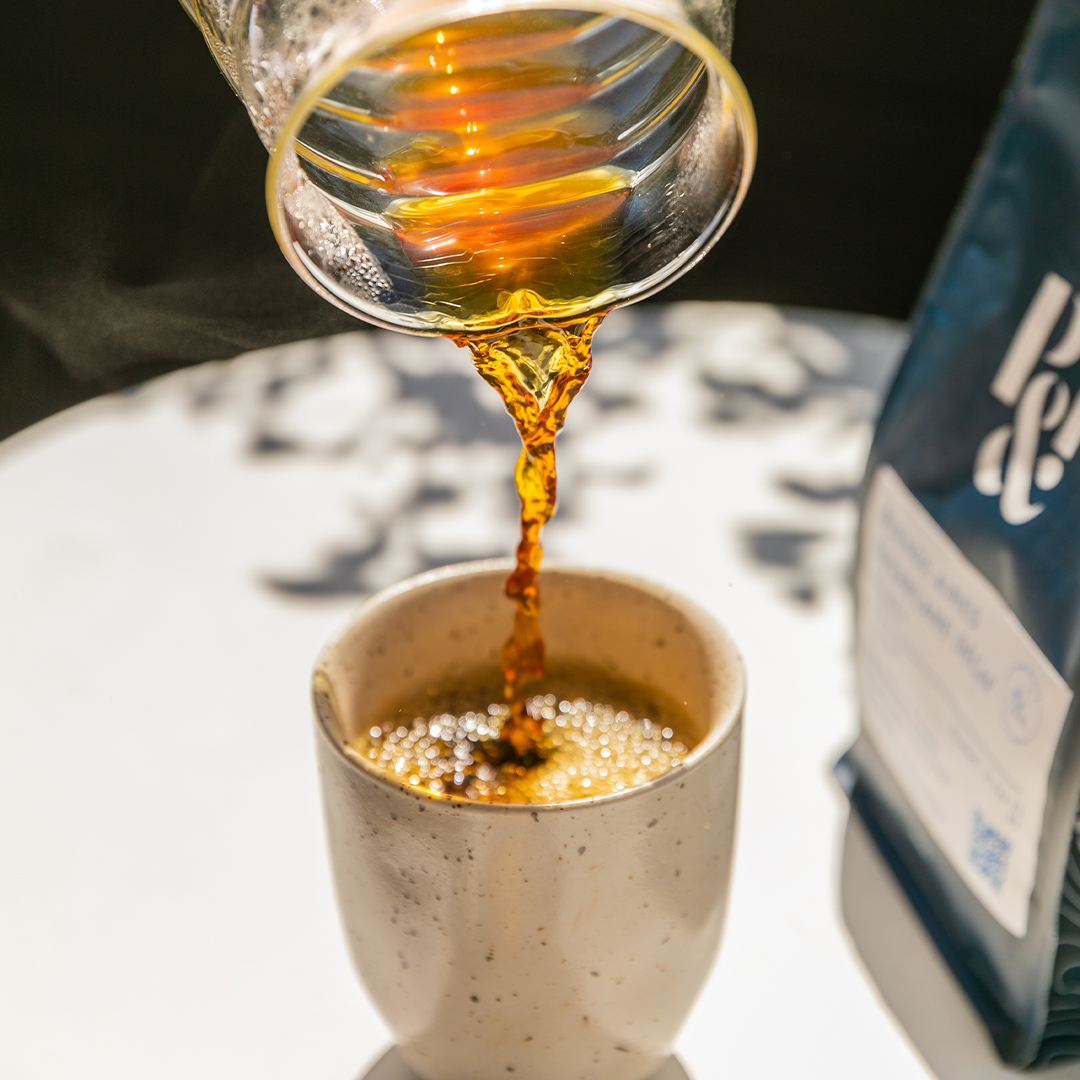
Chlorogenic acids: Coffee’s antioxidants
Chlorogenic acids, often called CGAs, are the second most abundant bioactive compounds in coffee after caffeine. They are polyphenols, a class of antioxidants also found in fruit and vegetables. In coffee, they are present in significant amounts, with a single espresso often containing 50 mg or more depending on bean variety, roast and brew method.
These compounds do more than just fight oxidative stress. Research has linked CGAs with improved mood, steadier blood sugar and better vascular health. They may explain why coffee consumption is often associated with a lower risk of chronic diseases in large population studies.
Espresso is particularly rich in CGAs because the brewing process uses a fine grind and high pressure, pulling out a concentrated shot. So when you drink a flat white, you are not only getting a hit of caffeine, but also a meaningful dose of antioxidants in each shot.
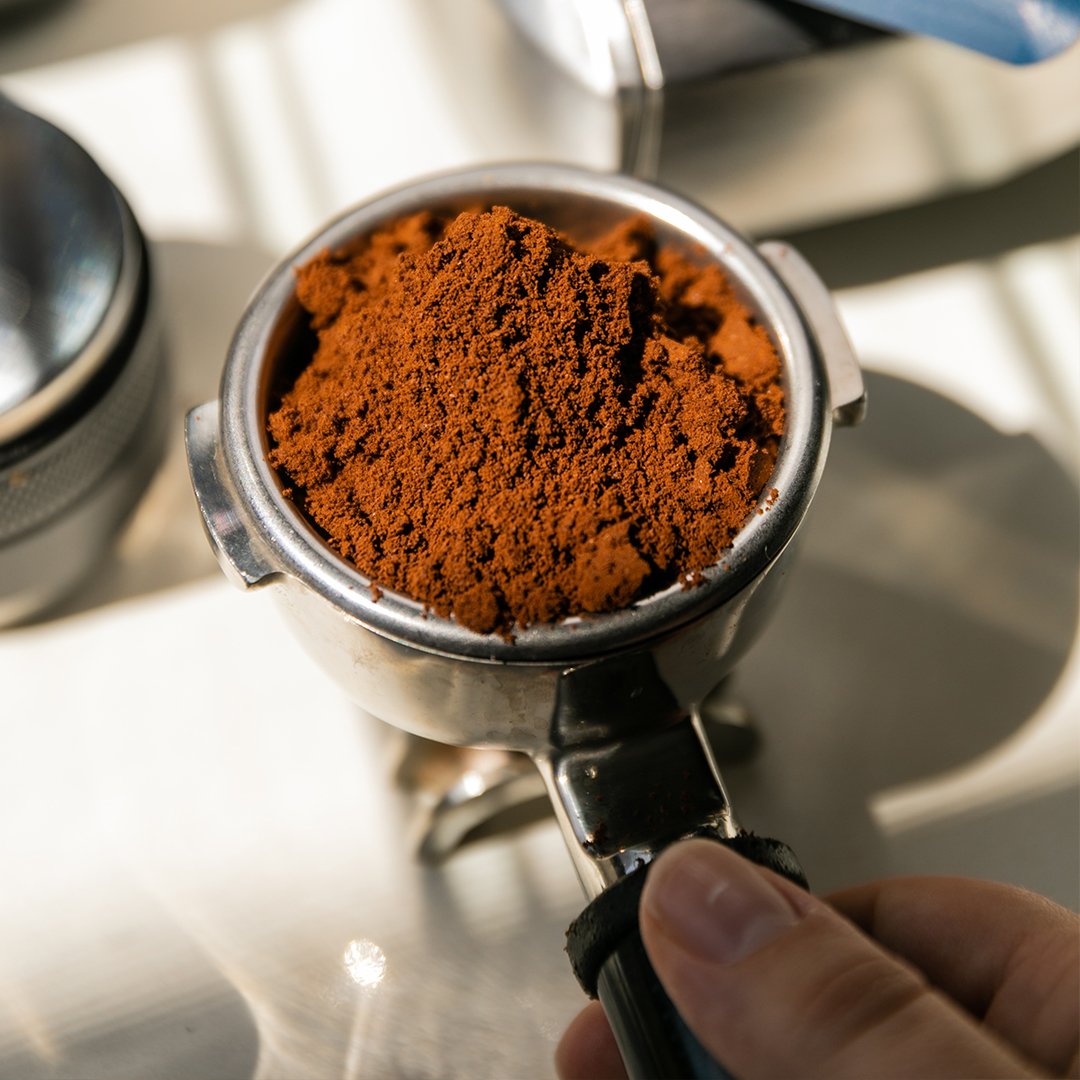
Theobromine and Theophylline: Relatives of caffeine
Coffee also contains small amounts of theobromine and theophylline, two compounds in the same family as caffeine, known as methylxanthines.
Theobromine is better known from chocolate, where it occurs in much higher amounts. It acts as a mild stimulant and a vasodilator, meaning it relaxes blood vessels and can slightly lower blood pressure. In coffee, an espresso contains only a few milligrams of theobromine, so it is unlikely to be noticeable on its own. Still, it contributes to the overall stimulant effect when combined with caffeine.
Theophylline is present in even smaller amounts. At medical doses, it is used to open airways in asthma treatment. In coffee, though, the concentration is so low that it does not make a direct impact.
In your morning flat white, theobromine and theophylline are minor characters, but they remind us that caffeine is part of a family of stimulants. Together, even at trace levels, they add to the complexity of coffee’s effect.
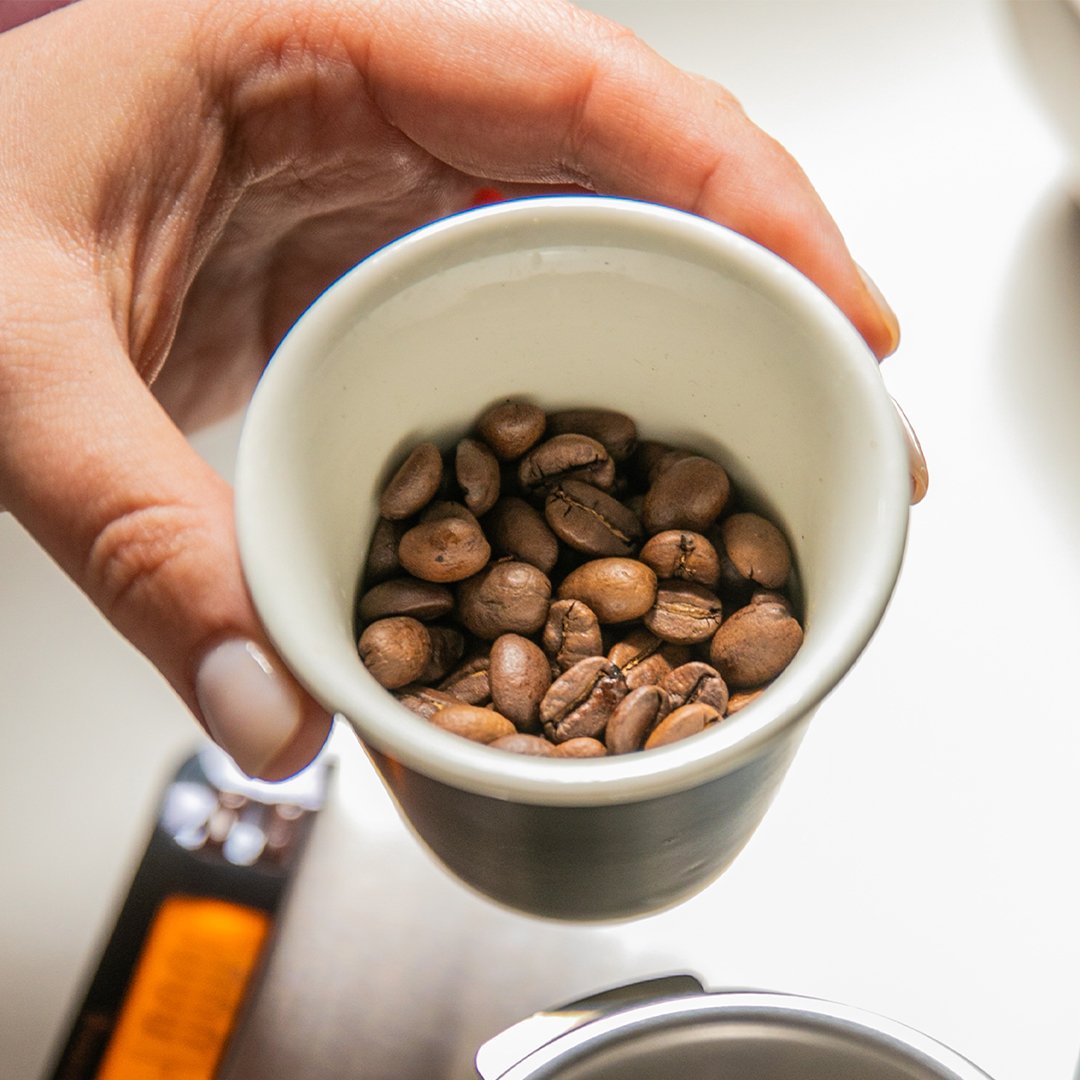
β-Carbolines: Trace mood modulators
Roasting coffee creates compounds called β-carbolines, especially harman and norharman. These are known to inhibit monoamine oxidase (MAO), an enzyme that breaks down serotonin and dopamine in the brain. By slowing down this breakdown, β-carbolines can in theory prolong the effects of these mood-related neurotransmitters.
The amounts in coffee are very small. In a single shot of espresso, you might get only a few micrograms. That is far too little to cause any direct, measurable psychoactive effect on its own. But some researchers believe they may help explain why coffee drinking is consistently linked with a better mood and even a lower risk of Parkinson’s disease in population studies.
So while the β-carbolines in your flat white are not giving you a noticeable high, they may still be playing a subtle supporting role in how coffee makes you feel.
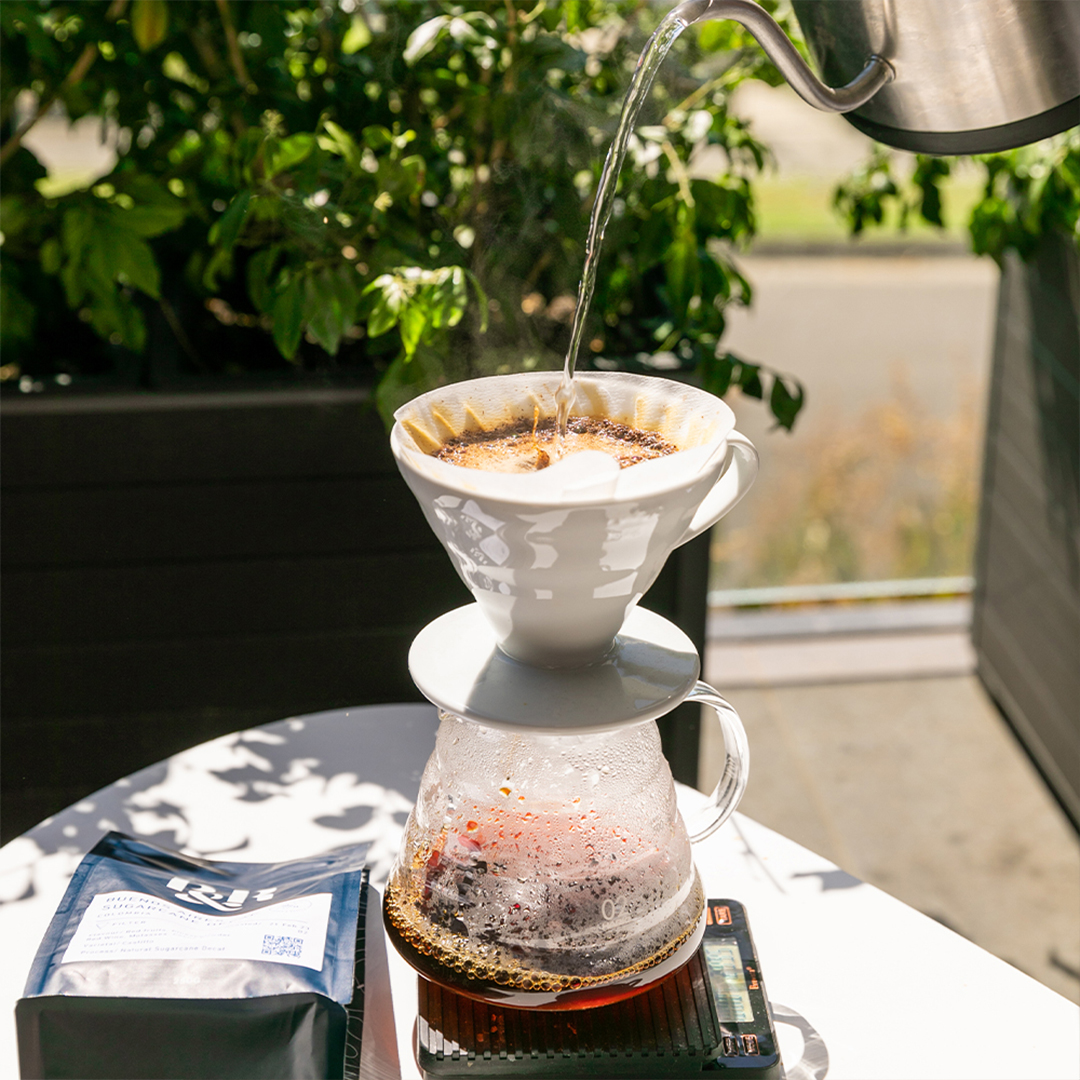
Cafestol and Kahweol: Coffee oils
Coffee is naturally oily, and those oils carry two compounds called cafestol and kahweol. These do not cross into the brain in large amounts, but they do affect the body in other ways.
- Regular intake of cafestol and kahweol from unfiltered coffee (such as French press or Turkish) has been shown to raise LDL cholesterol. Espresso contains some, but less than unfiltered methods because crema traps a portion of the oils. Paper filters reduce them even more, which is why filter coffee is often lower in these compounds.
On the positive side, both cafestol and kahweol have shown anti-inflammatory and anti-cancer properties in laboratory studies.

In a single espresso shot, the level is usually between 0.2 and 2 mg depending on the beans and brewing style. The high pressure forces some of the oils into the cup. Many of these oils are concentrated in the golden crema, which you drink along with the espresso. However, the serving size of an espresso is much smaller than a French press mug, and part of the oil load stays in the spent coffee puck. This means the overall intake per shot is lower than what you would get from a large cup of unfiltered coffee.
Paper-filtered brews reduce these compounds even further, because the filter traps most of the oils before they reach the cup. Read how old is too old for your coffee beans?
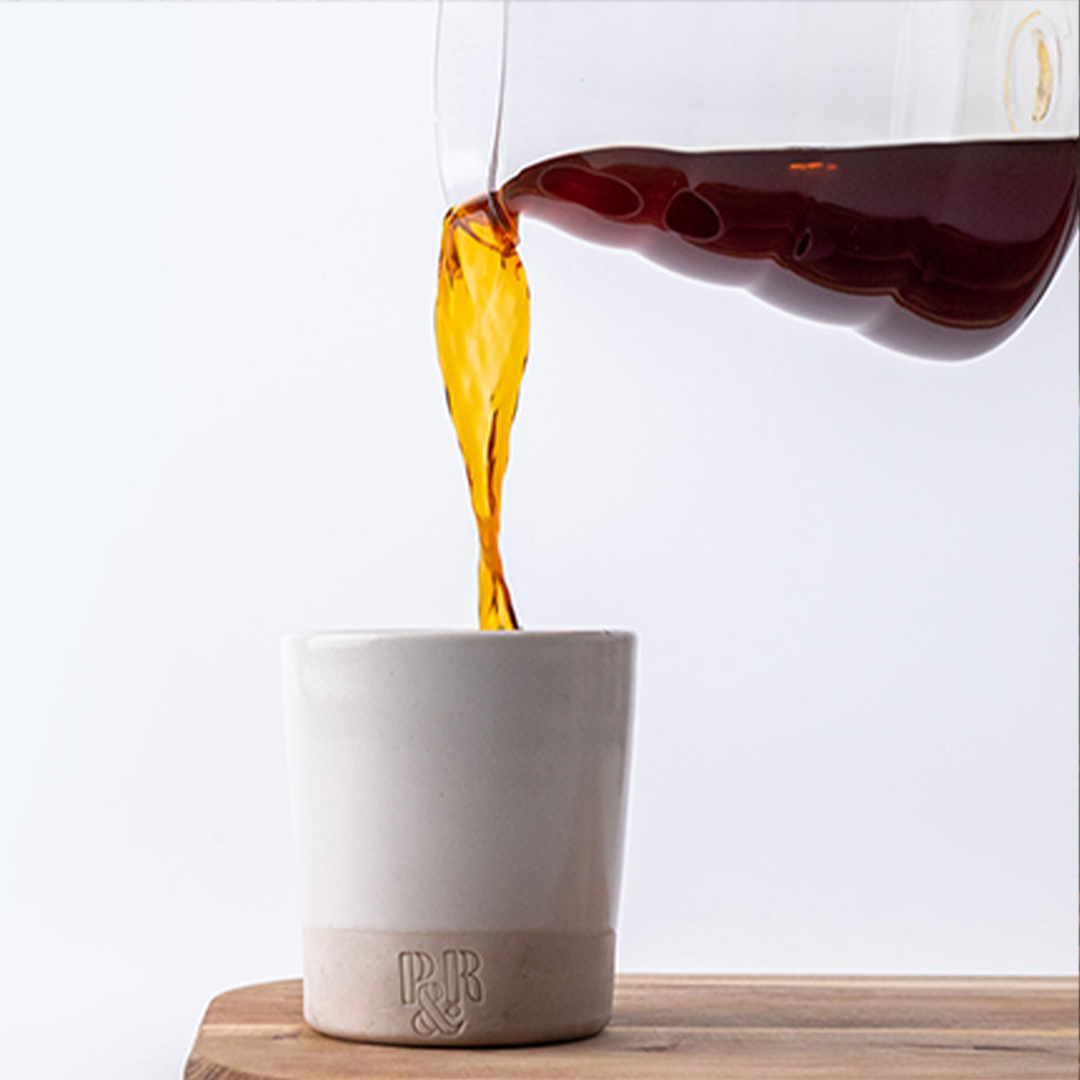
Fibre in coffee
Coffee is not just liquid and oils. When brewed, it also releases a small amount of soluble dietary fibre from the cell walls of the bean.
A full cup of filter coffee can provide around 1 to 2 grams of soluble fibre. An espresso shot delivers less, but it still contributes. Over several cups a day, this fibre intake adds up. Fibre supports digestion, slows down the absorption of sugars, and helps maintain gut health.
So yes, your daily flat white gives you not only caffeine and antioxidants, but also a little bit of fibre.

What is in a single espresso shot?
In Australia, most specialty cafes brew a double shot using 20 to 22 grams of ground coffee and split it. A small flat white typically will have one shot and large will have two or up to three depending on the size. A standard single espresso as a result uses 10 to 11 grams of ground coffee, yielding about 30 ml of liquid. From that, you can expect:
Around 60 to 100 mg of caffeine with Arabica, and up to 200 mg with Robusta
Roughly 50 mg or more of chlorogenic acids
A few milligrams of trigonelline and theobromine
Trace amounts of theophylline
Microgram levels of β-carbolines
Between 0.2 and 2 mg of cafestol and kahweol
A small but measurable contribution of soluble fibre
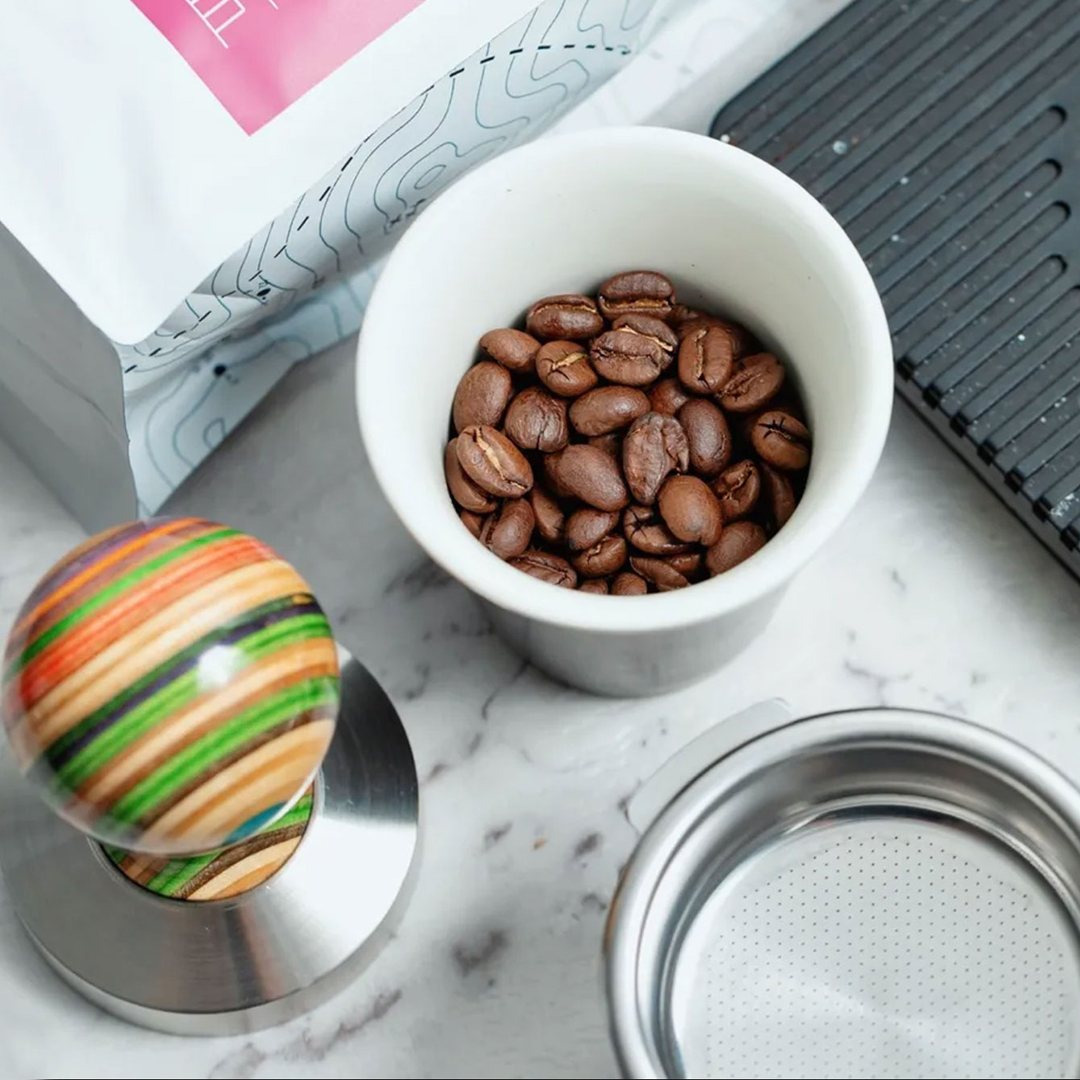
What about decaf?
Decaffeination removes most of the caffeine, but it does not take away everything else. Many of the compounds we have discussed, including trigonelline, chlorogenic acids, cafestol, kahweol, β-carbolines and even the small amount of soluble fibre, are still present in decaf coffee.
The exact amounts depend on the decaffeination method. Typically 60 to 80 percent of chlorogenic acids remain, along with most of the trigonelline and nearly all of the oils and fibre. This is why decaf can still taste like coffee and still provide some of the antioxidant and metabolic benefits, just without the stimulant hit.
If you order a decaf flat white you are still drinking a cup full of complex chemistry. The caffeine may be reduced, but coffee’s other compounds remain very much in play.
Summary Table
Conclusion
Coffee is not only about caffeine. Every shot of espresso contains a complex mixture of compounds that shape both taste and effect. From trigonelline and chlorogenic acids to cafestol, fibre, and even tiny amounts of β-carbolines, the chemistry of coffee is rich and varied.
In Australia, where most coffees are espresso-based, this means your daily flat white or cappuccino is delivering far more than a caffeine hit. Caffeine may be the headline act, but the supporting cast is what gives coffee its depth, complexity and health potential.

